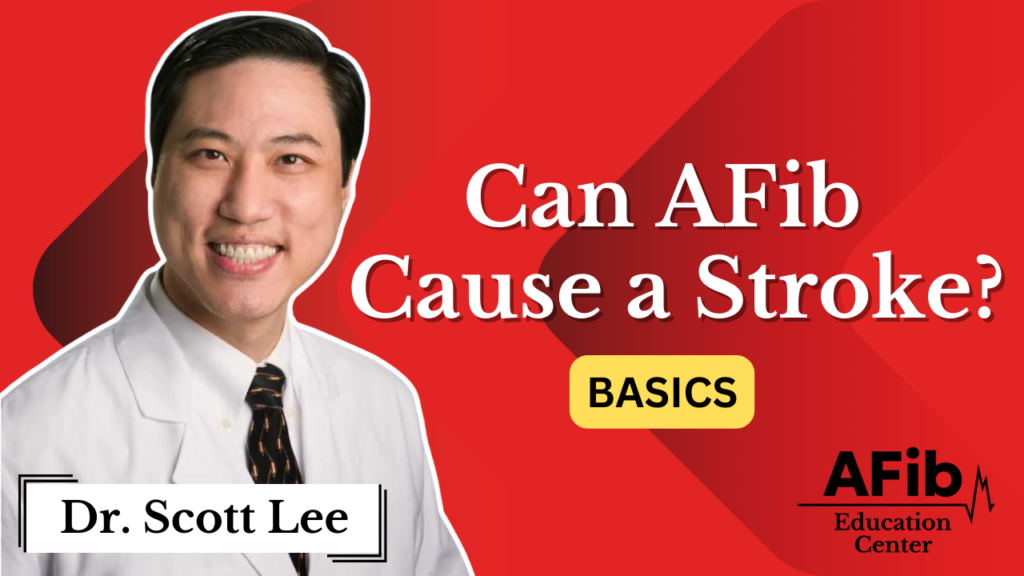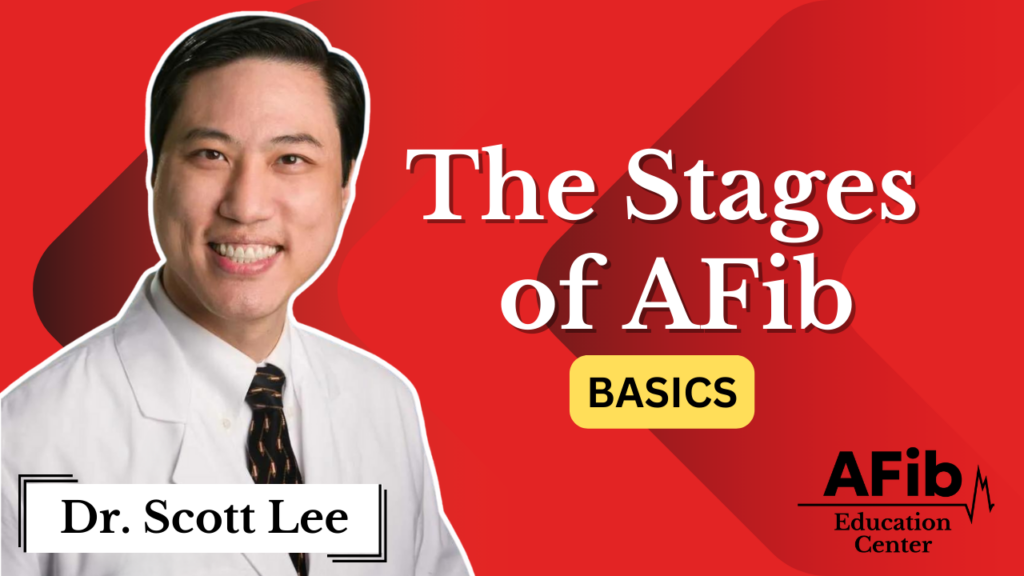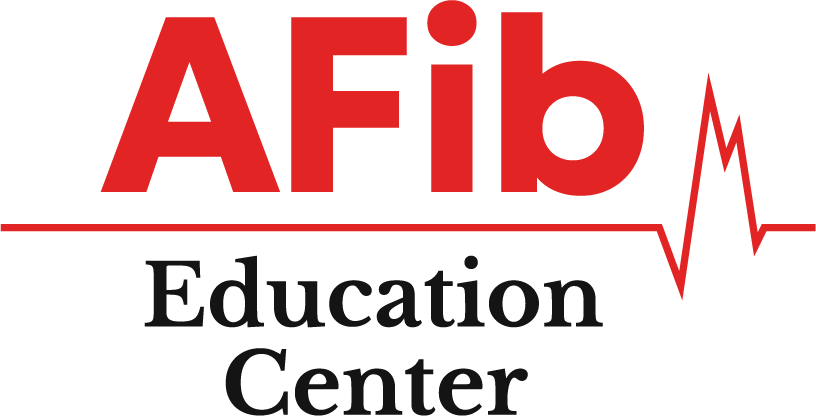Atrial Fibrillation Basics
The videos below are listed in order to best help you through your learning.

#1
In this video, we delve into the fascinating world of cardiac electrophysiology. What exactly is a cardiac electrophysiologist, or EP for short?

#2
In this video, Dr. Scott Lee explains what an arrhythmia is, focusing on atrial fibrillation (AFib), the most common type of abnormal heart rhythm. Discover how the heart’s electrical system works, how arrhythmias disrupt this system, and what symptoms and risks are associated with these conditions.

#3
Dr. Scott Lee explains the basics of AFib, a common abnormal heart rhythm, and offers insights into its symptoms, risks, and treatment options. If you or a loved one has been diagnosed with AFib, this video is a must-watch to understand this condition better and learn how to manage it effectively.

#4
In this video, we cover the four basic facts about atrial fibrillation (AFib) that provide a comprehensive understanding of this common arrhythmia. Learn the essential information about AFib, its symptoms, risks, and treatment options.

#5
In this video, we explore whether atrial fibrillation (AFib) is a life-threatening condition. With up to 15 different abnormal heart rhythms existing, AFib stands out as one that, while it can cause significant symptoms, is not directly dangerous just by speeding your heart up. Learn more about how AFib affects the heart and the associated risks.

#6
In this video, we explain the symptoms of atrial fibrillation (AFib), an abnormal heart rhythm caused by an irregular source of electricity in the heart. Understanding these symptoms can help in recognizing and managing AFib effectively.

#7
In this video, we address the critical question: Can atrial fibrillation (AFib) cause a stroke? Unfortunately, the answer is yes. Learn about the risks associated with AFib, how it can lead to strokes, and what can be done to mitigate these dangers.

#8
In this video, we explore the differences between valvular and nonvalvular atrial fibrillation (AFib) and how these conditions impact the risk of clots and stroke. Understanding these distinctions is crucial for effective treatment and prevention.

#9
In this video, we explore the various causes of atrial fibrillation (AFib), focusing on both unavoidable factors like aging and modifiable lifestyle factors. Understanding these causes can help in managing and potentially reducing the risk of developing AFib.

#10
In this video, we delve into the stages of atrial fibrillation (AFib), a progressive rhythm problem affecting the heart. Understanding these stages helps in managing the condition effectively and determining the best treatment options.
